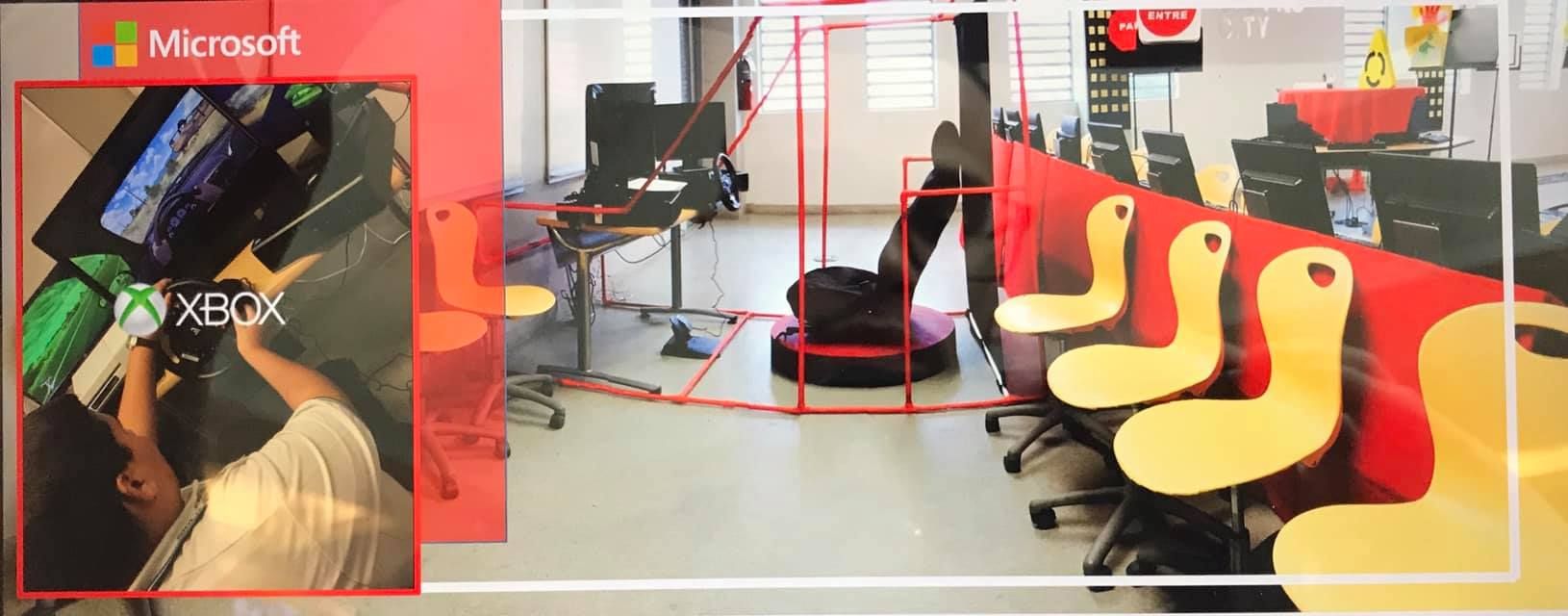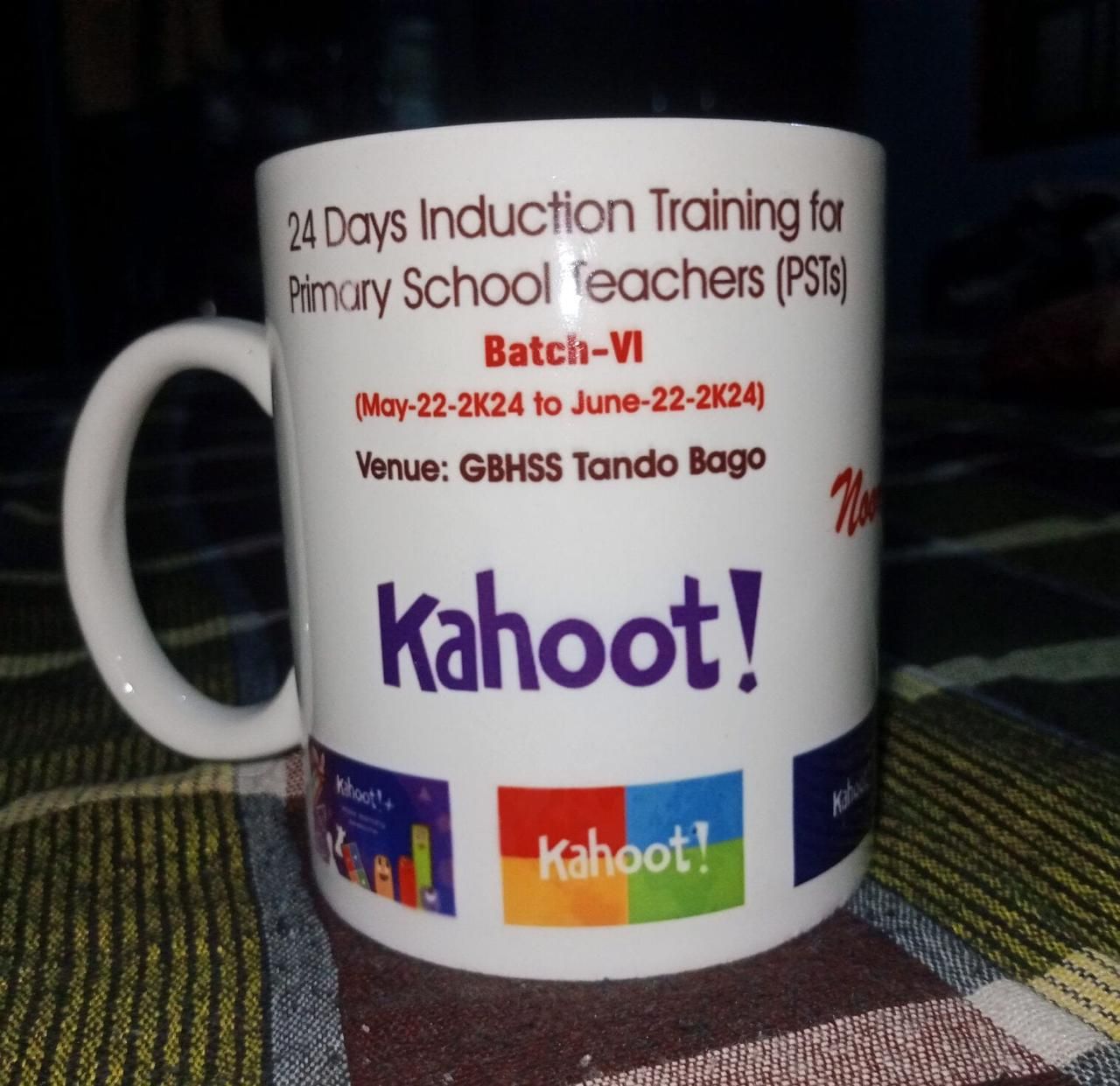I prefet Microsoft tool like:
to gamify classrooms using Microsoft tools, you could start by having students compete in PowerPoint Olympics, where they create dynamic presentations under a time limit while earning points for creativity and accuracy. Another idea could be turning Excel into a virtual stock market game, where students invest in hypothetical stocks and track their progress over time. For a more interactive approach, you could use Minecraft: Education Edition to recreate historical events or literary settings, allowing students to explore and complete quests within the game. Additionally, you could utilize Microsoft Forms to create quizzes or surveys with leaderboards, encouraging friendly competition among students. These gamification strategies not only enhance engagement but also provide valuable opportunities for learning and collaboration.
Now, for the mal answer: Why bother with gamification when you can simply lecture at students for hours on end? Microsoft tools are great for creating elaborate spreadsheets documenting every minute of the day spent not gamifying the classroom. Instead of PowerPoint Olympics, how about PowerPoint Marathons where students have to endure hours of slide after slide until they collapse from boredom? And forget about Minecraft; let's use Word to create a virtual world where the only activity is writing essays on the importance of not having fun in school. Microsoft Forms? More like Microsoft Boredoms, where students fill out endless surveys about how much they wish they were playing actual games instead of these sad attempts at gamification. In conclusion, who needs engagement when you have Microsoft Office?




.jpeg)
.jpeg)
